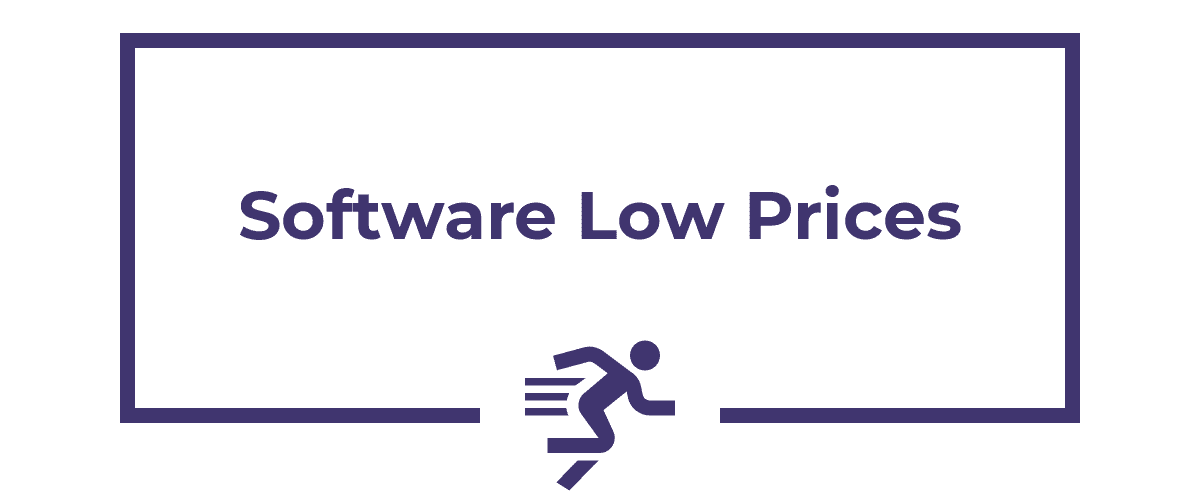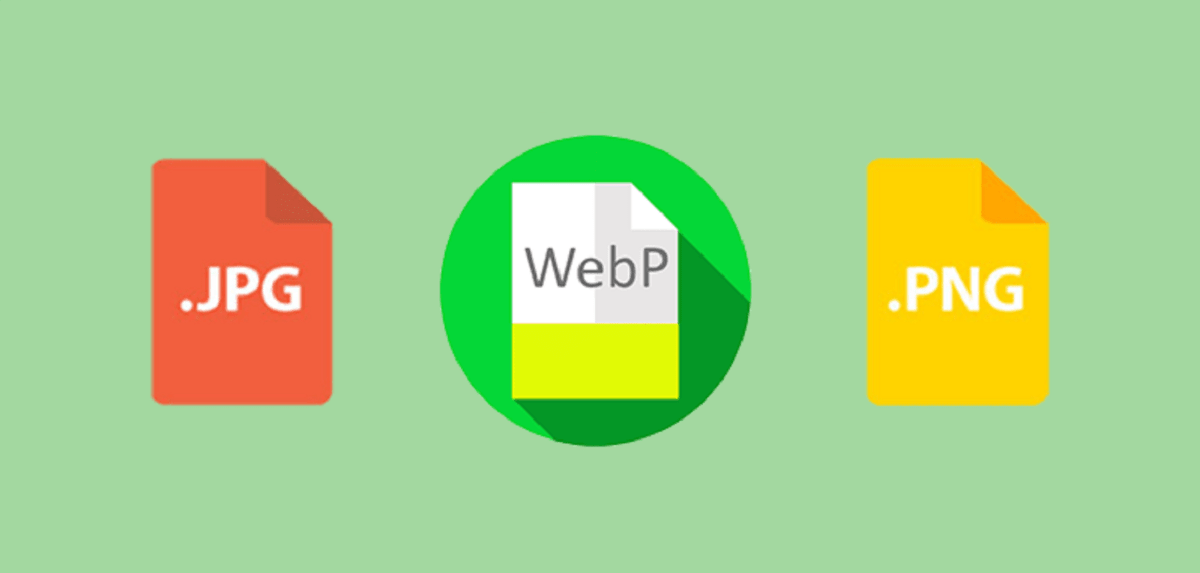On average, how long do you typically wait for a website to load?
It’s 2021, and nobody has much tolerance for spinning wheels and vibrating hourglasses on their screens as they wait for pages to load. Loading of images is most often the culprit behind slow uploads. The good news is that there is a new file format on the market, WebP, which will massively solve this problem, and is currently in use by the top ecommerce websites like Amazon and eBay.
If this seems kinda new to you, fear not! We’ll go through together what the WebP format actually is, how it’s different from the PNG format and how it can positively influence your Magento 2 store.
Ready? Let’s go!
What is WebP?
The WebP format was first introduced by Google in fall of 2010 in the form of a next-gen file format following the standard PNG and JPG, as it was smaller in size and faster loading than either of the above. WebP maintains the same high quality of images as PNG and JPEG files while being 26% and 25-34% smaller in size than each, respectively, What’s more, WebP offers a blend of both lossless and lossy image compression types. What are lossless and lossy compression types? The former refers to large-sized files which are restored to their original form without any data loss, and the latter concerns large-sized files which are restored from the original form with some data lost in the compression process. Bear in mind that the change in quality with lossy compression is quite minimal, and the untrained eye would likely not even detect a difference. Both compression types are in wide use, and WebP is a great option for making your website load more quickly, enhancing both the user experience and SEO success rates. The goal is to have a faster loading website as a faster load means more users, and a greater degree of reliability for Google algorithms. Simple as that.
WebP vs JPG vs PNG vs GIF. Where do they stack up?
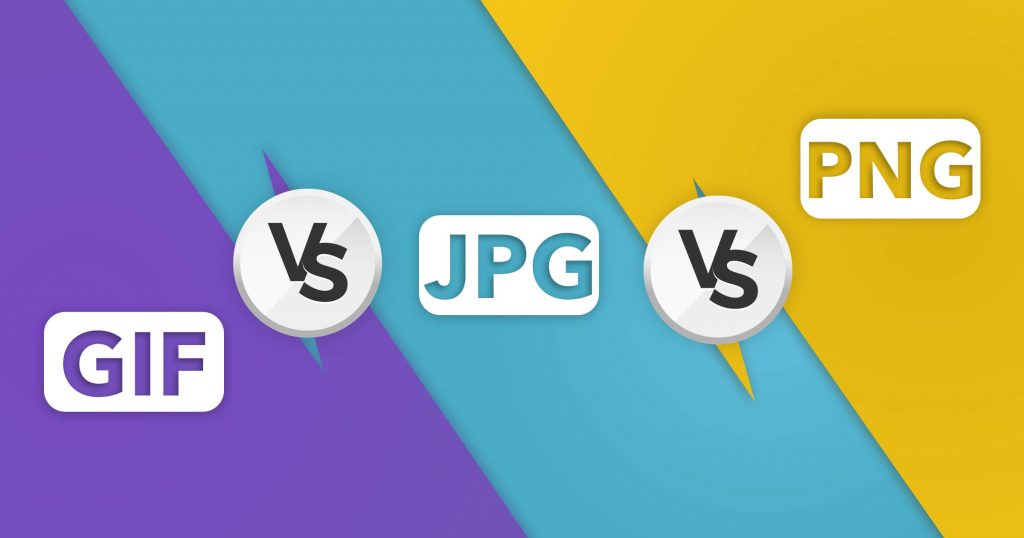
WebP has become a widely accepted format for any number of browsers in the decade it’s been available. As a next-gen file format, it is especially adept at working with eCommerce sites. It’s an exceptionally good fit for Magento 2 stores, which are already selling hundreds or even thousands of distinct products in their catalogues. It provides images for product pages, homepage, blog, CMS and block pages.
As stated above, WebP files are smaller than JPG and PNG files, and so are able to load far more quickly. How does it compare to PNG, JPG and .GIF files in terms of compression, transparency and animation? WEBp, PNG and JPG all can perform lossy compression while .GIF files cannot; all four file types can perform lossless compression; JPG lacks transparency, and both PNG and JPG files cannot contain animation. WEBp is the best option for avoiding loading issues on your ecommerce website. What’s more, out-of-date image formats perform badly on search engines, so it’s especially important that you work with next-gen image formats.
Why should you be using WebP Images for Magento 2?
It’s hard to make your own ecommerce website stand out from the crowd and get ahead of the market. It’s especially tough if you’re competing against other retailers selling the same line of products–how do you get ahead? The proof is in the pudding: get there first! If your pages are able to load faster than those of your rivals, customers will be more inclined to go with your site if they can view and check out items more quickly. If sites take more than 3 seconds to load, customers will grow impatient and look elsewhere for their shopping, especially on sites run by the gigantic online business platform, Magento 2.
The mixed image compression WebP loads images more quickly, optimizing website performance through superior image quality and speed. It is also a bonus to your website’s SEO. Website speed is a major factor in improving SEO, and is intertwined with other aspects needed to keep your site light, fast, and extra clickable!
WebP also provides viewers with appealing images that include neither too much text squeezed into small spaces nor large, inopportune blank parts of a page that must be scrolled through in order to locate any useful information. Maintaining high quality images and transparency with reduced visual size even has its own significant role to play in persuading online business visitors to become online business customers.
Since they can’t physically come to your brick and mortar shop and inspect the items they are looking to buy in person, customers particularly value highly-detailed and accurate images of the goods they are looking at, so as to most closely replicate the in-person shopping experience. Along with accuracy, loading speed of images is an integral part of recreating the feel of real-life shopping, since items you hold in your hands and inspect move in real time, of course. In this regard, WebP images for Magento 2 fit both criteria.
Thanks to using smaller images, WebP shortens the loading time, which means that customers access what they’re looking for much more quickly on your Magento 2 ecommerce site, and will be far less likely to abandon your page for a competitor’s, leading to a drastically reduced bounce rate.
Should I Upload Images to Magento 2 directly in WepP format?
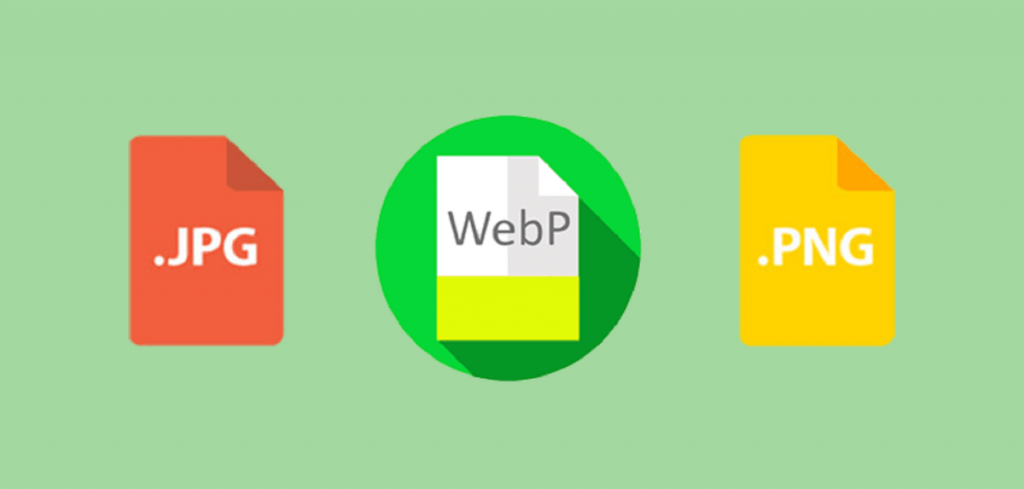
In a word? No. Sorry, that’s not possible. Magento 2 supports PNG and JPG files, so if you attempt to upload WebP images directly onto your Magento 2-run page, you will be automatically informed that your WebP file cannot be supported on the page.
Fret not, though, since the solution to this issue is actually quite simple and is helpful in the long run. The file format is recognized in many browsers, but not all, and if you attempt to upload a pre-converted image from WebP to Magento 2, viewers on all browsers will see an error message or broken image instead of your intended page.
There are actually multiple ways to optimize images from other formats in Magento 2 by converting them to the Webp format. With all the different WebP converters available on the market, how do you know which one to pick? Well, that mostly depends on what you’ve got to work with in the first place. There is an extension available that automatically converts images to WebP from PNG, JPG and .GIF formats. Each ecommerce platform has its own conversion extension, and Magento 2 users can utilize the Magento 2 WebP Images Extension here to optimize and upload images easily with no confusing code editing or configurations to factor in. 2 могут использовать расширение Magento 2 WebP Images, чтобы легко оптимизировать и загружать изображения без запутанного редактирования кода или настроек.
What are some of the top features the Magento 2 WebP Images Extension can provide?
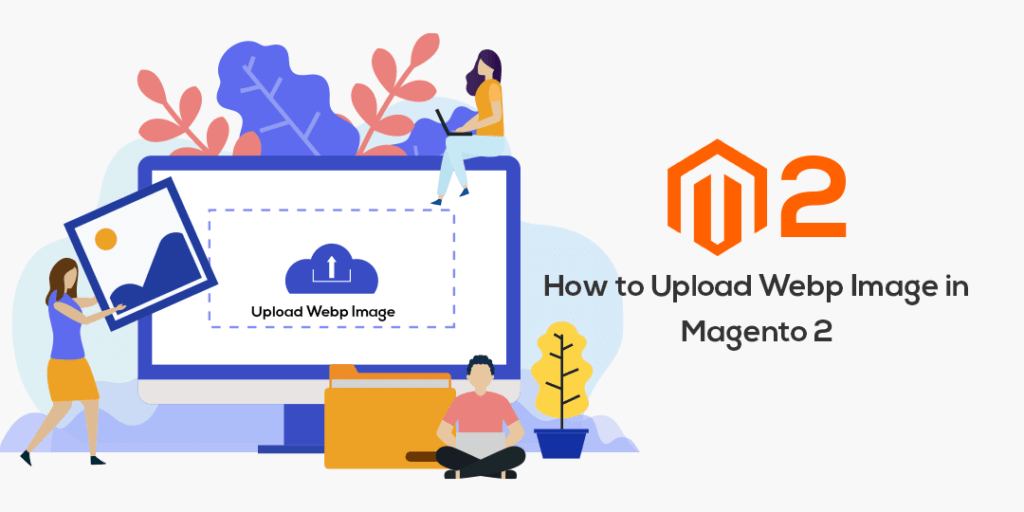
Quality Score Setting
The WebP Image extension for Magento 2 lets you set and monitor your image quality score. The sharpest images have a score or 90-100% but may also require slightly more time to load. Feel free to experiment with different score levels, just be sure to flush the WebP cache after each.
4 WebP Conversion Modes
Select one of four different modes with which you can convert images to WebP, and you can decide to do them automatically or manually, plus whether to convert them all at once, by cron, or page load.
Ability to Skip Certain Image Folders
You don’t need to include all of your store’s images saved from different sources–blog page, CMS blocks, product descriptions, etc–you can skip those you don’t need when converting images to WebP format.
Separate Cache Folder
Easily clear the WebP catch and reset image generation for each separately generated image
CSS Background Images and Picture Tags Conversion
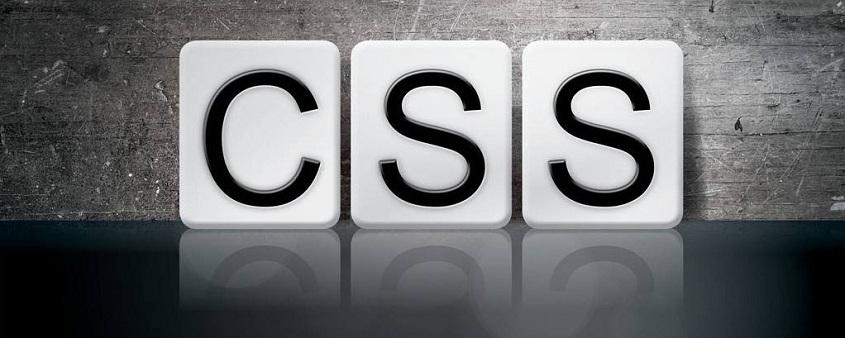
The extension also converts background images and picture tags with no required code changes.
REST API and GraphQL Endpoints
Offer your third-party application users a superior performance by converting images in GraphQL and REST API requests on the WebP Magento 2 extension
Ability to Convert Images from External Folders
If your images originate from an external source on your website that you think will cause your page to load more slowly, you can convert these images to WebP format as well, just by inserting the websites’ base URLs for the images in question into the correct corresponding field, and you should good to go.
Time is money–don’t waste any of yours on slow image loading!
Stop seeing in the past and start using WebP Images for Magento 2 – the next generation image file format which allows for faster loading times thanks to decreased image sizing, but with little to no impact on image quality, and what changes do occur are all completely in your own hands!

